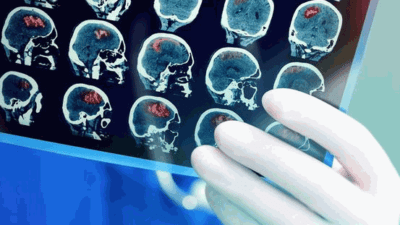When it comes to understanding brain cancer, there are a few important factors to consider. Firstly, it’s important to understand the different stages of brain cancer, as well as the symptoms and diagnosis methods. This article will provide an overview of each of these areas, giving readers a greater understanding of this disease.
Stages of Brain Cancer
Brain cancer is categorized into four different stages, each with its own characteristics. These stages are:
1. Stage I: Cancer cells in this stage grow and develop slowly, often resembling healthy cells under a microscope. They are rarely able to invade other nearby tissues.
2. Stage II: Cancer cells in this stage continue to grow slowly, but may begin to invade nearby tissues. They may also appear slightly abnormal under a microscope.
3. Stage III: Cancer cells in this stage are considered malignant and grow rapidly. They can invade nearby tissues and may recur even after treatment. Cells in this stage will typically appear abnormal under a microscope.
4. Stage IV: Cancer cells in this stage grow quickly and have many abnormal features. They are more likely to spread to other parts of the brain, and can even create their own blood vessels to support their growth.
Brain Cancer Symptoms
Brain cancer symptoms can be difficult to identify, as they can often mimic other, less severe conditions. However, some of the most common symptoms include:
– Headaches
– Seizures
– Vision problems
– Numbness or tingling in the body
– Nausea and vomiting
– Difficulty with balance
– Memory problems
It’s important to note that symptoms can vary depending on the type of brain cancer, its location, and its stage. If you are experiencing any of these symptoms, it’s important to seek medical attention right away.
Brain Cancer Diagnosis
There are several methods used to diagnose brain cancer, including:
– MRI scans: This technology uses a combination of magnets and radio waves to create detailed images of the brain. These images can help doctors identify abnormal growths or tumors.
– CT scans: This type of scan uses X-rays to produce images of the brain. It can help doctors identify abnormalities, including tumors.
– PET scans: This test involves injecting a small amount of radioactive solution into the body to highlight cancer cells. It is often used in combination with other tests.
– Biopsy: This procedure involves removing a sample of tissue from the brain, which is then examined under a microscope. This can help to confirm a diagnosis of brain cancer.
It’s important to work with a healthcare professional to determine the best diagnosis method for your individual case.
Conclusion
Brain cancer is a serious condition that requires prompt medical attention. By understanding the different stages of brain cancer, its symptoms, and diagnosis methods, you can take steps to protect your health and seek treatment early. If you are experiencing any symptoms or have concerns about brain cancer, don’t hesitate to speak with your doctor.




